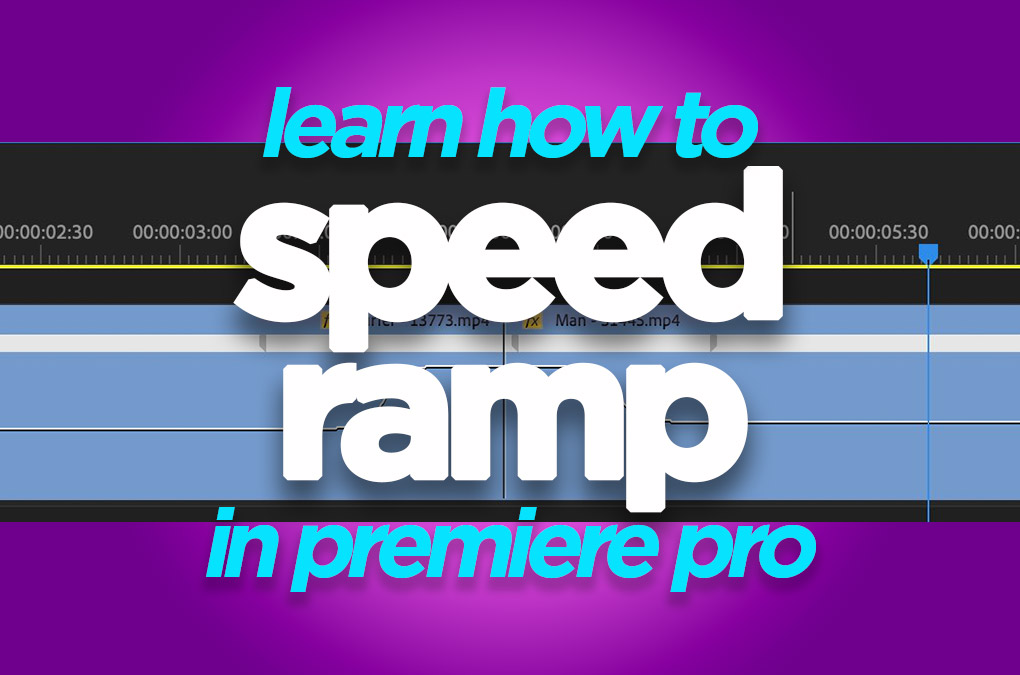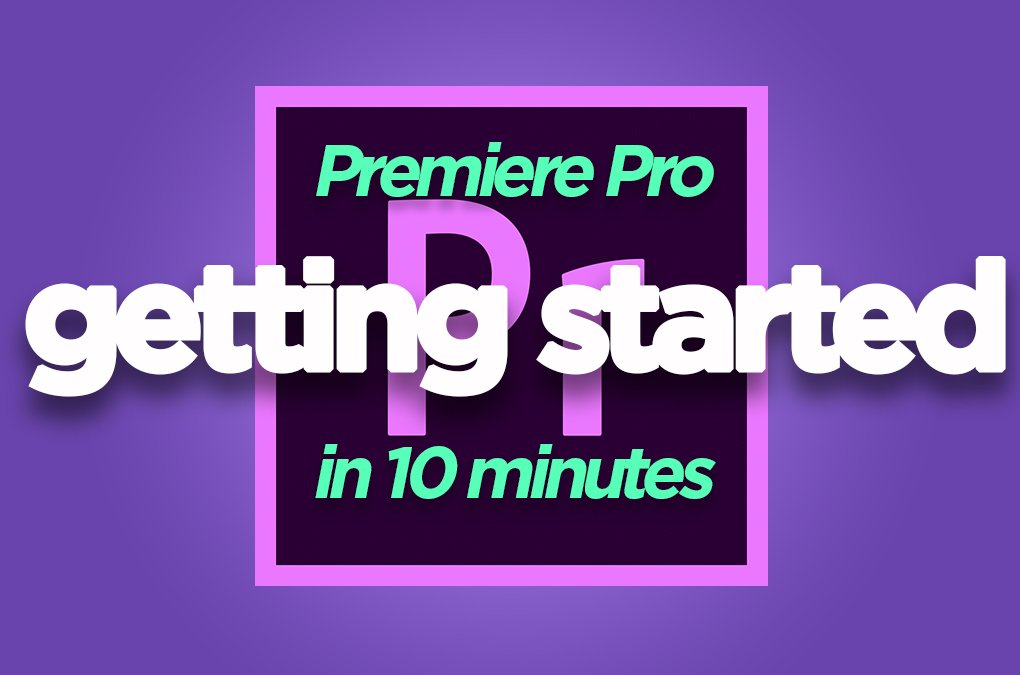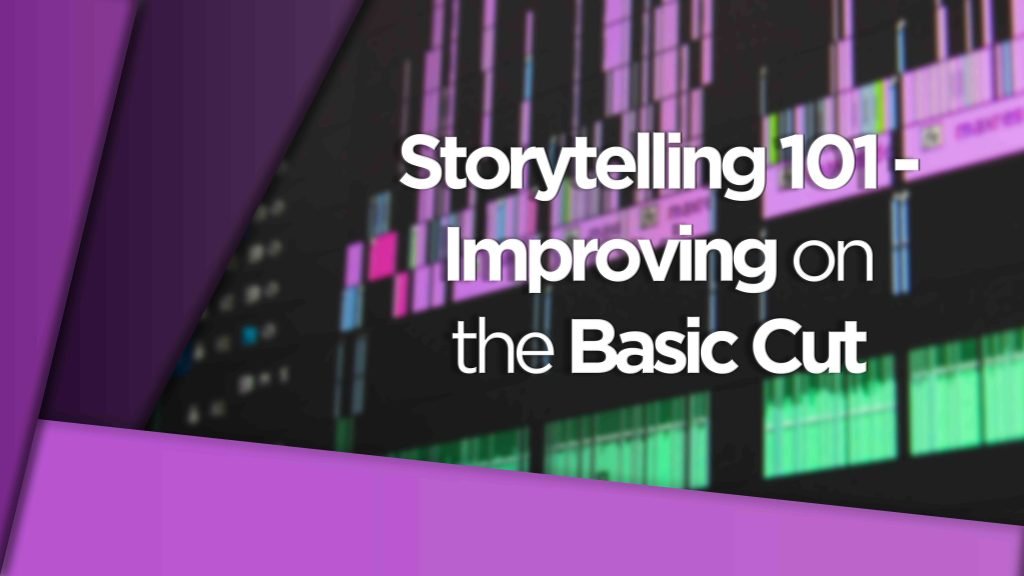Learn how to speed ramp and make your edits more dynamic in Premiere
Speed Ramping has become one of those techniques you see time and time again in everything from advertising, sports highlights to travel films on YouTube.
The reason it’s become so prevalent is that it adds visual flair that is engaging (when performed correctly) and adds a sense of intrigue for the viewer while the editor/director can dial into the exact moment they want to showcase and cut out the fluff.
How can I add speed ramping effects in Premiere Pro to my edits?
Well it’s really quite simple, as you’ll see below, but mastering when to use it and how to get the ramp looking smooth is the key to a good speed ramp.
I’ll walk you through all you need to know to get a great looking speed ramp effect on Premiere Pro!
How do I know what I’m talking about? Head to the DigiProTips Experience and Background page to find out how I’ve built up my knowledge over a career spanning feature film, broadcast TV and digital content production.
The Quick Answer
Step 01 – make sure you can see the Fx bar on your clip, if you can’t then drag the video track height up (or use the scroll function on your mouse).
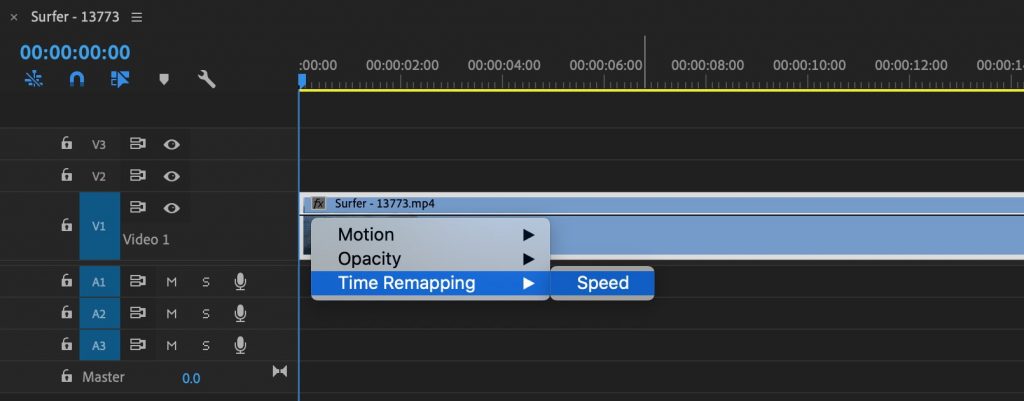
Step 02 – right click the Fx icon on the clip and chose ‘Time Remapping -> Speed’.
Step 03 – create two keyframes on the Fx bar ether using the pen tool (P) or by CTRL/CMD clicking on the bar. You need one Keyframe for the start of the ramp and one for the end.

Step 04 – move the bar in between the two keyframes up or down to change the speed of that section, seen in percentages. Moving the bar up will increase the speed and down will decrease.
This will create an abrupt-looking speed change on your clip, use the Advanced Speed Ramping Techniques below to find out how to create a smooth-looking ramp.
Important Factors for Speed Ramping
Speed ramping is the process of progressively changing the speed of a video clip over time.
To get the best looking speed ramp possible there are a few factors we need to consider before we edit.
This will be important for either shooting or choosing stock footage to use in a speed ramp effect.
Speed
You need to know the playback speed and framerate of what you are shooting or footage that you are using so that you will know whether to speed up (above 100%) or slow down on the ramp effect.
If you have slow-motion footage, for example, you’ll want to speed that footage up to begin with and then bring it back to normal playback speed for the portion you want to highlight.
Duration
Duration is the measure of time in your clip from the start point to the end point.
Where speed is referring to the rate of playback, duration is only the measure of time taken up on the timeline by that clip.
Adjusting a clips duration doesn’t necessarily mean that the speed has been adjusted within it.
Framerate & Shutter Speed
You can use speed ramping in Premiere Pro to speed any clip up or down but the natural framerate of the clip is important.
Slowing down a clip that normally plays at 24fps will mean Premiere Pro has to interpolate and make up frames from the information it has in surrounding frames to try and create that slow motion. This normally results in undesirable footage.
Conversely, playing a slow-motion shot that was recorded at 120fps back at 24fps can look jittery because frames have been removed to get to 24fps.
Therefore, where and how you use a speed ramp needs to be carefully thought out and used sparingly to ensure the best results.
Shooting at 50/60fps to playback at 25/30fps will look more natural and still give you the option of slowing down compared to shooting at 240fps to playback at 24/25/30fps.
Always shoot with your shutter speed set to double the framerate when shooting slow motion to get the correct amount of motion blur. You can read more about that in my article on digital flicker here:

Advanced Speed Ramping
After you have created your initial ramp using the quick steps above you’ll want to make that speed ramp more appealing and less abrupt by smoothing the in and out points of the ramp.
To do that we need to ease the keyframes.

Using the keyframes you created, click and drag on of them to split it. This will create a gradual speed change ramp between the two differing speed sections of the clip.
Go ahead and perform the same edit to the second keyframe.
Now your speed ramp eases in and out but it still looks quite formulaic. How can we improve it further?
We can change the interpolation of the ramp.
By default, Premiere performs a ‘Linear Interpolation’ between two keyframes but that isn’t necessarily the best looking way to interpolate.
To create a smoother and more natural speed ramp we want to use a Bezier Interpolation.
Bezier interpolation will change the rate of the speed increase between the keyframes, accelerating in and out of it to create more of a ‘ramp’ feel when played back.

To add the Bezier, simply select a keyframe and then click and drag the Bezier handles to alter the shape. You’re looking for an S-curve style shape but play around with it until you’re happy with the results.
Getting Creative With Speed Ramps
Now that you know how to perform a speed ramp in Premiere Pro why not get creative and use them for more than slow-motion highlights.
For example, a speed ramp transition between two shots can be a really effective way of getting from one shot to another within a montage sequence that isn’t just a plain cut or dissolve etc.
To perform a speed ramp transition you simply need to ramp out of one shot and in to the next.
This will create a bell curve across the two shots like this:
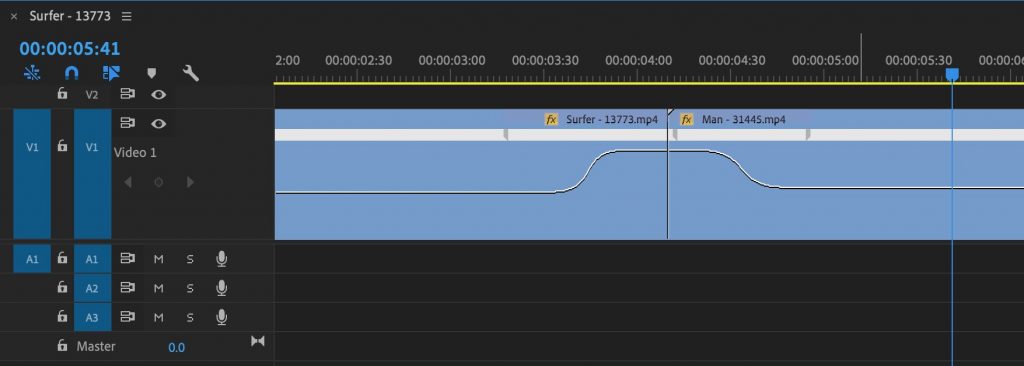
Practice
As with all video editing techniques they require practice to become proficient at them and to eventually master them so that they become second nature.
So get practicing and get creative!
If you would like to learn tips and tricks for Premiere Pro then check out some of the most Underrated Shortcuts here:
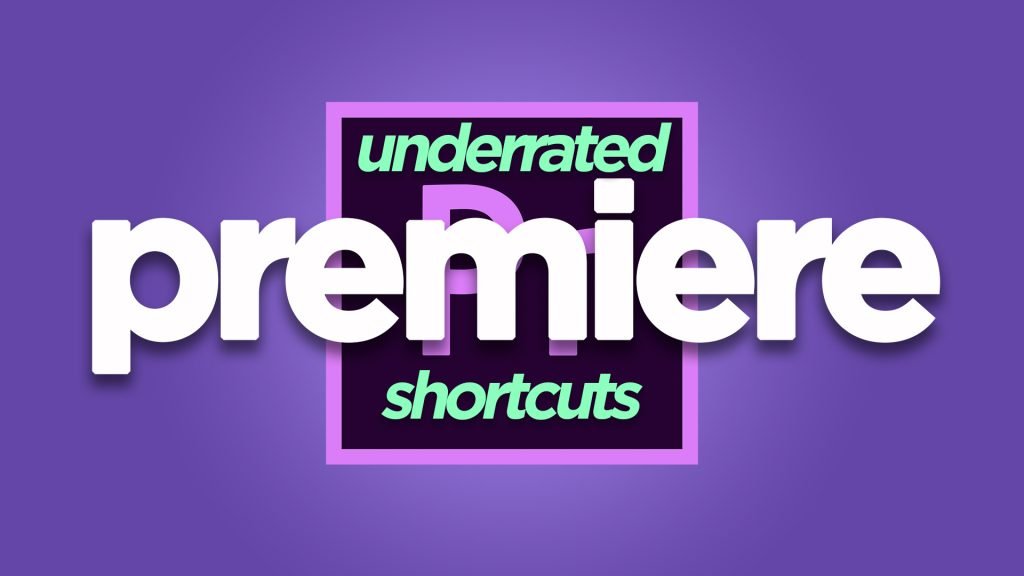
And how to Export Faster in Premiere Pro:
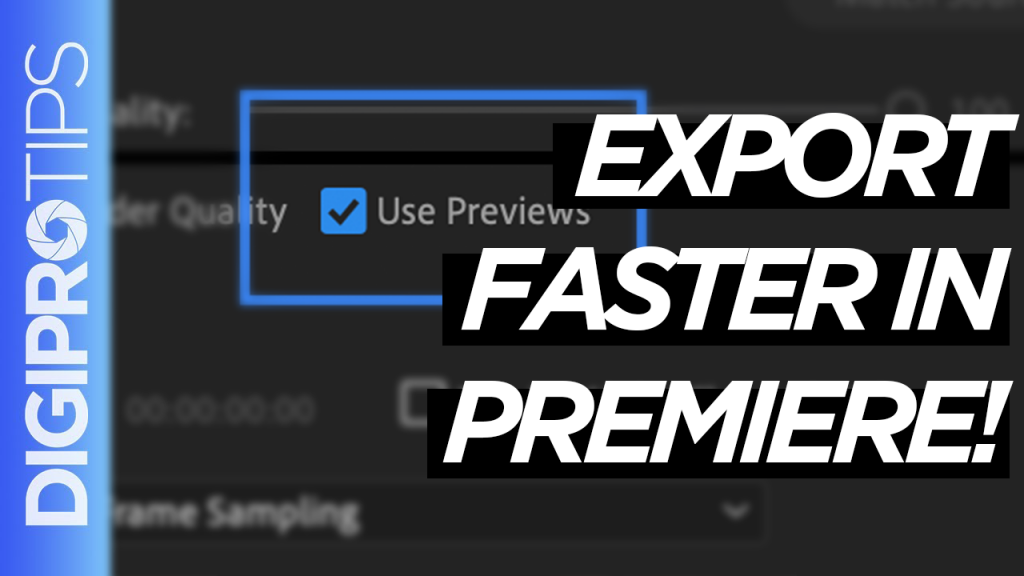
If there is anything you would like to learn then let me know in the comments below.
DigiProTips

